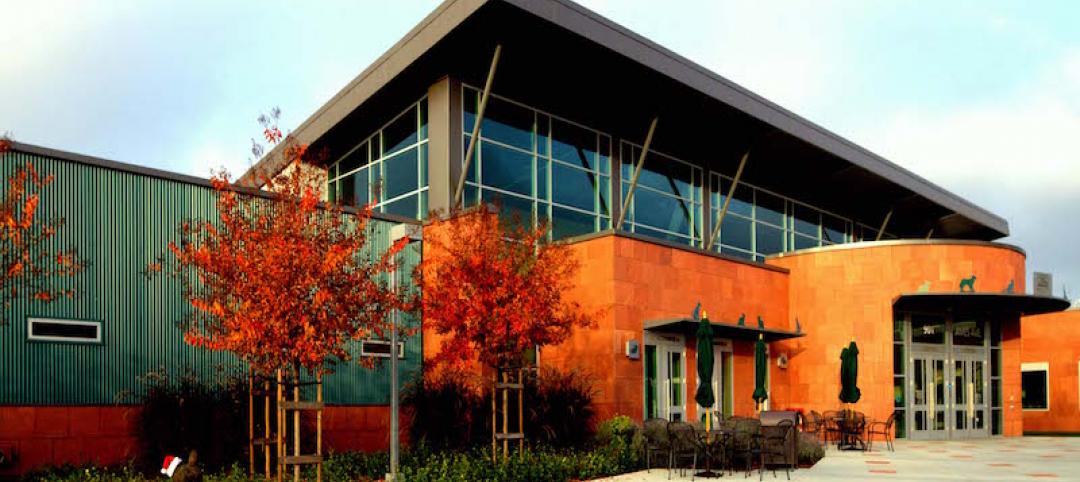Waste not, want not. That’s how the saying goes, and it is a saying local authorities in England and Wales are taking to heart. In an effort to reach the countries' goal of slashing carbon emissions by 2050, new government-backed plans call for a huge expansion of “heat networks” that use warmth generated by industrial machinery, geothermal energy, and subway trains to heat homes, The Telegraph reports.
A heat network is, as it sounds, a large network of insulated pipes that transports hot water or steam to “heat exchanger” units in homes in order to heat up the mains water supply. Basically, the networks make use of heat that is produced as a waste by-product of commercial or industrial processes in order to replace less efficient domestic gas boilers.
Of the 381 local authorities in England and Wales, 131 of them are now working on some sort of heat network plan.
Islington, north London is planning to use heat generated from the Northern Line of the London Underground network while other locations are exploring using geothermal heat from deep beneath the earth's surface or even recycling heat from pottery kilns from the local ceramics industry.
In 2015, an additional £320 million was set aside to help fund the construction of up to 200 projects, which would produce enough heat to supply 400,000 homes.
There are still two main hurdles that need to be overcome for these plans to work, however. The first issue is in creating a viable business model for the rollout to millions of households. Currently, it is difficult to finance a project without securing customers, but it is difficult to secure customers for something that doesn’t yet exist.
The second issue is in figuring out how to deal with “customer protection, choice, and pricing” Richard Howard, Head of Energy and Environment at Policy Exchange says in an interview with The Telegraph. “Heat networks generally lock customers in on very long term contracts, which can be 15-20 years.” A contract that long may scare away potential customers.
While heat networks seem to offer a glimmer of hope for de-carbonizing heating supplies, it remains to be seen just how viable they will actually be once implementation begins.
Related Stories
Sustainability | Oct 4, 2016
One World Trade Center officially awarded LEED Gold certification
The skyscraper received the certification despite a setback caused by Hurricane Sandy.
Industry Research | Oct 3, 2016
Structure Tone survey shows cost is still a major barrier to building green
Climate change, resilience and wellness are also growing concerns.
Sponsored | Coatings | Oct 3, 2016
Pioneers in achieving LEED certification
The Animal Community Center in Milpitas, Calif. sought to be the first LEED Gold building of its kind in the country.
Sustainability | Oct 3, 2016
Gensler-designed auto dealership to become world’s first to reach net zero
Toyota of Corvallis has also joined a few other Toyota dealerships around the country to achieve LEED Platinum certification.
Sponsored | University Buildings | Oct 3, 2016
Enhancing university life: The smart shower bead
Residential spaces that need to meet high traffic demands while accommodating an ever-changing populace creates a unique set of obstacles for any educational institution’s housing.
Sustainability | Sep 29, 2016
Gloucester Cathedral to install commercial sized solar PV system on its roof
Mypower will install 150 solar panels on the roof, making it the oldest cathedral in the UK, and possible the world, with this type of solar power system.
Green | Sep 28, 2016
Green Business Certification Inc. announces 2016 LEED Fellows
LEED Fellows are best-in-class for green building design, engineering and development.
Sports and Recreational Facilities | Sep 26, 2016
Mercedes-Benz Stadium in Atlanta will be the NFL’s first LEED Platinum stadium
The Atlanta Falcons new home is expected to save 40% in energy usage than a typical NFL stadium.
Sustainability | Sep 22, 2016
Is ‘Growroom’ a glimpse into the future of urban agriculture?
Growroom’s spherical shape means it can also double as a covered outdoor public space.
Sustainability | Sep 19, 2016
Brussels’ Botanic Center apartment block looks to live up to its name with the addition of 10,000 plants and a rooftop “Chrysalis”
The project, which has been commissioned and is in the design phase, would eliminate CO2 and produce its own energy.

















